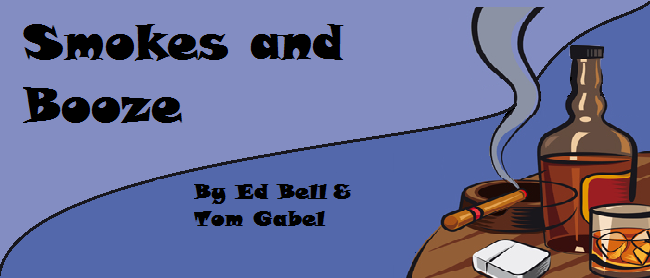This is what I am talking about. Mugwort, carrot seeds and stinking nightshade. It almost sounds like the stygian witches were putting together a brew.
Dr Stika reproduced several methods for making beer that the Celtic peoples in the Iron Age might have used, and concluded that the ditches were used to soak barley grains until they sprouted. Fires were then lit at either end of the ditch to slowly dry the sprouted grains and give the malt produced a dark color and smoky flavor. The slow drying would have stimulated the growth of bacteria that caused the release of lactic acid, which added sourness to the end product.
The excavations at Eberdingen-Hochdorf have also yielded seeds of henbane, a plant also called stinking nightshade and known to increase the intoxicating effect. Dr Stika thinks the beer probably also contained mugwort and/or carrot seeds, since these were known to have been added to beer in medieval times. The spices would have given the brew a much different flavor to the hop flavor known today. The use of hops is not known before 800 AD.
Dr Stika thinks the fermentation was probably produced by yeast on the brewing equipment, or by wild yeast on honey or fruit added to the brew. The final beer would have remained cloudy and with a yeasty sediment, and the brew would have been drunk at room temperature.
The findings are published in Archaeological and Anthropological Sciences, but the Celtic findings are not the oldest beer and beer-making discoveries, as brewing facilities dating to around 5,500 years ago have been found in the Middle East.
More information: Early Iron Age and Late Mediaeval malt finds from Germany -- attempts at reconstruction of early Celtic brewing and the taste of Celtic beer, Archaeological and Anthropological Sciences, by Hans-Peter Stika, DOI: 10.1007/s12520-010-0049-5





No comments:
Post a Comment